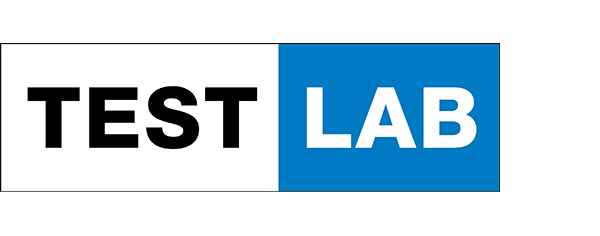VOICE
Mobile customers expect reliable voice services. How do Spanish networks fulfill these expectations?
In order to check out the voice quality of Spain‘s mobile networks, P3 visited 14 cities with more than 100,000 inhabitants each and additionally covered 26 towns in the Spanish provinces as well as the roads connecting them. The good news upfront: Compared to last year‘s results, all four Spanish operators improved their performance in almost all tested categories.
Especially in the cities, Vodafone has achieved the best results over its competitors, with Orange ranking second and Movistar third. Vodafone leads with a clear distance to the midfield, whereas Orange and Movistar are only six points or two per cent apart. Yoigo comes last with a considerable gap. 86%
Interestingly, in the smaller towns the 88% performance of the strong three competitors is closer together, with Movistar taking a narrow lead. Yoigo‘s results stay more or less at the same level as in the larger cities.
Yoigo particularly weak on the roads
On the connecting roads, Vodafone reclaims the top position, with a definitely strong Movistar and a still good Orange following. At last, Yoigo‘s performance on the roads leaves considerable room for improvement. Out of a hundred calls, almost 17 would fail in the Yoigo network – and those connected achieve an average speech quality at best.
VOICE RESULTS AT A GLANCE
Vodafone España takes a clear lead in the voice category. On the second rank, Movistar and Orange produce a tie. In smaller towns, Movistar is particularly strong and Orange achieves the same score as the voice champion Vodafone. Yoigo comes last in each of the tested scenarios with a clear distance to the top three.
DATA
With the transmitted volume of data growing exponentially, all operators face challenges in providing a satisfying user-experience. Who manages to best meet the growing demand?
All four Spanish mobile network providers offer 4G/LTE to their customers. With its high data rates and low latency times, this cellular technology is clearly the best choice for mobile data communications. Building on this foundation, Movistar, Vodafone and Orange have engaged in a race for top speeds, having implemented “LTE Advanced“ or “4G+“ in their networks – an expansion stage that combines two or more carrier frequencies in order to achieve higher data rates. Yoigo does not join this race and concentrates more on enlarging its 4G footprint. P3‘s testing takes both aspects into account. Fast throughput is rewarded by the scores for web page downloads, file downloads and uploads. By examining success ratios at the same time, the networks availability and stability is also evaluated. P3‘s approach for testing Youtube playback recognises that this popular video service has introduced adaptive bit rates recently. This decision by Youtube to provide a better user experience, surrenders pixel Vodafone Orange Yoigo resolution in favour of stable playback. As a consequence, besides success ratios, start-times and the absence of interruptions, the average value of the obtained video resolution became another important performance indicator.
Vodafone is data champion in the cities
In the large cities, all four Spanish networks have reached the most mature level of LTE coverage. This is distinctly recognisable as all four candidates reach their best performance values in this environment. Vodafone takes the lead in the data cate- gory in the cities. This time it is Movistar that follows at a close distance of only four points. Orange achieves the third rank with a gap of eight points or three per cent. The lag of Yoigo is distinctive with a gap of 48 points or 13 percent. However, Yoigo‘s success ratios in the cities are still okay – for example, video playouts once started successfully (which worked in 97.3 per cent of the examined cases) did not show any interruptions at all. So in larger cities, Yoigo may not quite reach the high performance level of its competitors, but it is still a viable alternative when it comes to data communications.
In smaller towns, Vodafone again takes the lead, but Movistar and Orange once more follow at close distance and both achieve identical scores. However, the deficits of Yoigo become more obvious in the smaller towns than in the cities.
Yoigo considerably falls behind on roads
The four candidates give basically the same impression on the connecting roads: Vodafone is the strongest again, Movistar ranks second and Orange third. However, contrary to the smaller towns, Orange does not quite manage to measure up to Movistar‘s level of performance and reliability.
Yoigo trails behind the competition once more. But while the smallest Spanish operator showed acceptable results in the cities and towns, its data performance on connecting roads is distinctly behind with a gap of 34 points or 27 percent. And while the other three providers were able to improve on their results from the P3 connect Mobile Benchmark Spain 2015, Yoigo remained static at best.
DATA RESULTS AT A GLANCE
The data category shows a distinct ranking: Vodafone leads, Movistar comes in second, and Orange third. All three improved over 2015, with the exception of Yoigo. The smallest Spanish operator’s data performance stagnates and is particularly weak on roads.






